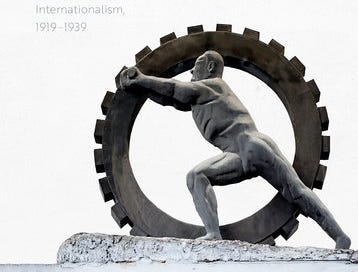Samuel Hirst on a century of Ankara-Moscow cooperation
Samuel J. Hirst on "Against the Liberal Order: The Soviet Union, Turkey, and Statist Internationalism, 1919-1939" (Oxford University Press)
Listen to Turkey Book Talk: Apple Podcasts / Spotify / PodBean / Stitcher / PlayerFM / Listen Notes
What was the nature of the cooperation you talk about in the book?
When I began doing the research for this book, I found plenty of references to the factories that were built with Soviet industrial aid in the 1930s. I was excited about the possibility of unpacking what was happening on the ground in Nazilli and Kayseri, the high-level exchanges and also the local story. But when I got into the archives what was happening in the 1930s almost seemed anticlimactic. I felt myself pushed increasingly back to the 1920s; I found that a lot of the breakthroughs in cooperation between the Soviet Union and Turkey happened in the 1920s, as these two revolutionary elites tried to figure out what bilateral cooperation meant in a world that was dominated increasingly by Western industry, Western technology, international organisations based in Western Europe and the United States, and banks based in Western Europe and the United States. So when I think about the cooperation my book focuses on, a lot of the hard work was done in the 1920s. This looks like trade agreements and building trade organisations to deal with trade across the Black Sea and across the border in north-eastern Anatolia.
Keep reading with a 7-day free trial
Subscribe to Turkey Book Talk to keep reading this post and get 7 days of free access to the full post archives.




